Winter lawn care – 8 essential tasks lawn experts urge you to do now to protect yours through the coldest months
From aerating to keeping your lawn clear, taking these steps will ensure your lawn gets to spring unscathed

Tenielle Jordison
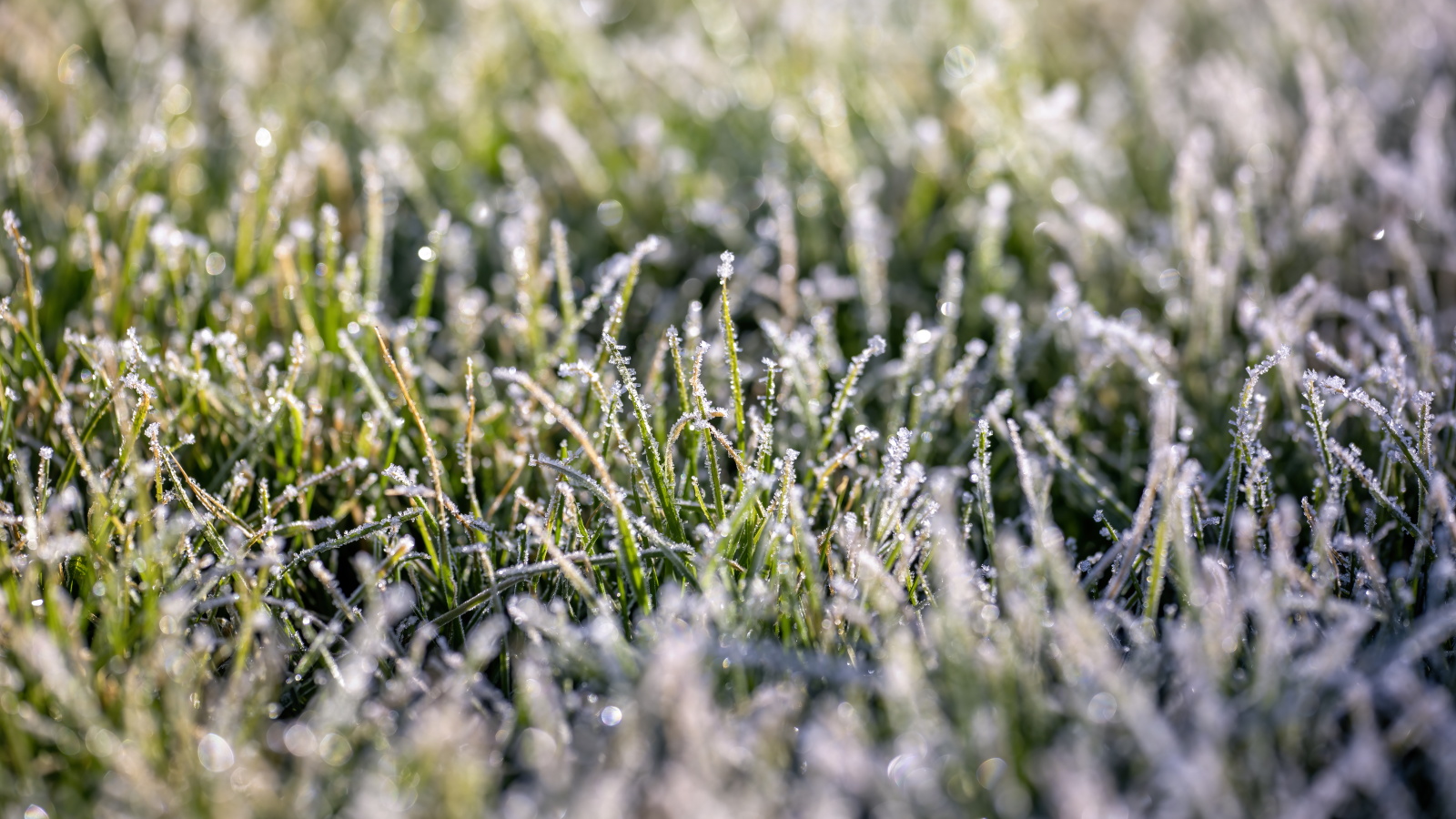
Just because the garden lies dormant during winter, doesn't mean it should be neglected through the colder months. Winter lawn care is one of the most important things to keep on top of during this time, otherwise your grass may look worse for wear as it thaws out in spring.
There are plenty of ways to help your lawn through winter and ensure your lawn is green and thick by the time spring comes around. Ideally, these tasks should be done before snowfall, as the ground becomes difficult to work with when snow and frost hit.
Of course, there are also plenty of winter lawn care mistakes that could be detrimental to the health of your lawn and should be avoided. Here, lawn experts tell us more about essential winter lawn care tasks to get done this season.
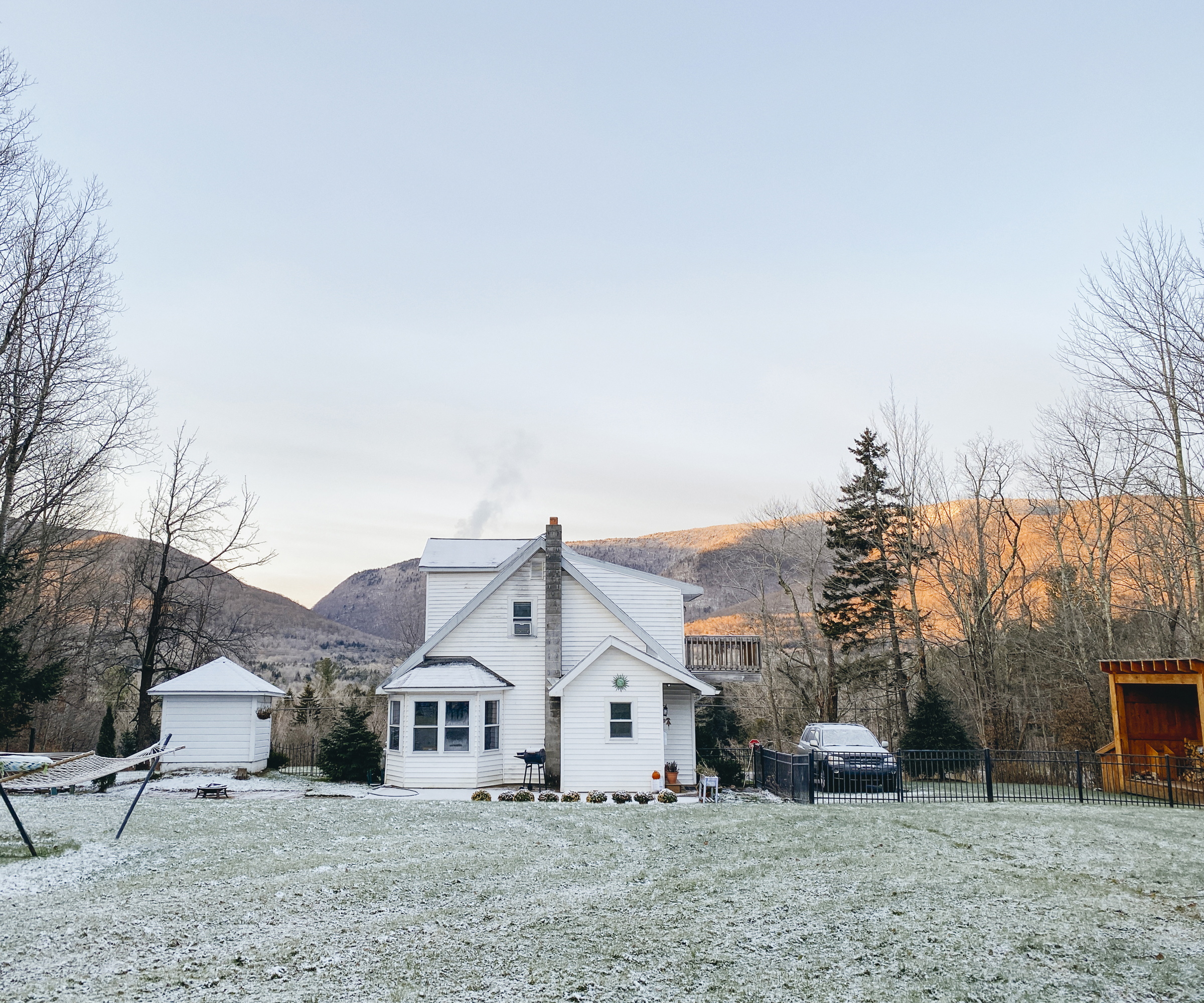
8 vital winter lawn care tasks
Winter lawn care is all about tackling a few must-do jobs and then continuing with maintenance until the freeze sets in a leaves have stopped dropping. Here are eight things lawn experts encourage you to do now:
1. Keep the lawn leaf-free

In fact, you should keep your lawn free of everything, including heavy branches and gardening equipment, too. This could leave your soil compacted and increase chances of it becoming waterlogged.
'Fallen leaves, sticks, or even snow piles can smother the grass, blocking sunlight and trapping moisture. As a result, the grass may become weak and susceptible to disease,' explains lawn expert John Steiner.
'Regularly rake leaves and remove any large debris from the lawn to allow your grass to breathe and absorb as much sunlight as possible,' he advises.
Design expertise in your inbox – from inspiring decorating ideas and beautiful celebrity homes to practical gardening advice and shopping round-ups.
Use essential gardening tools like this garden rake from Walmart to collect leaves from your lawn. There are plenty of things you can do with fallen leaves once you have collected them, including making leaf mulch to help protect plants from frost.

John Steiner is a Rgeional Manager at NaturaLawn of America. He is an expert in lawn care, advising on keeping lawn luscious throughout the seasons.
2. Pick out hardy weeds
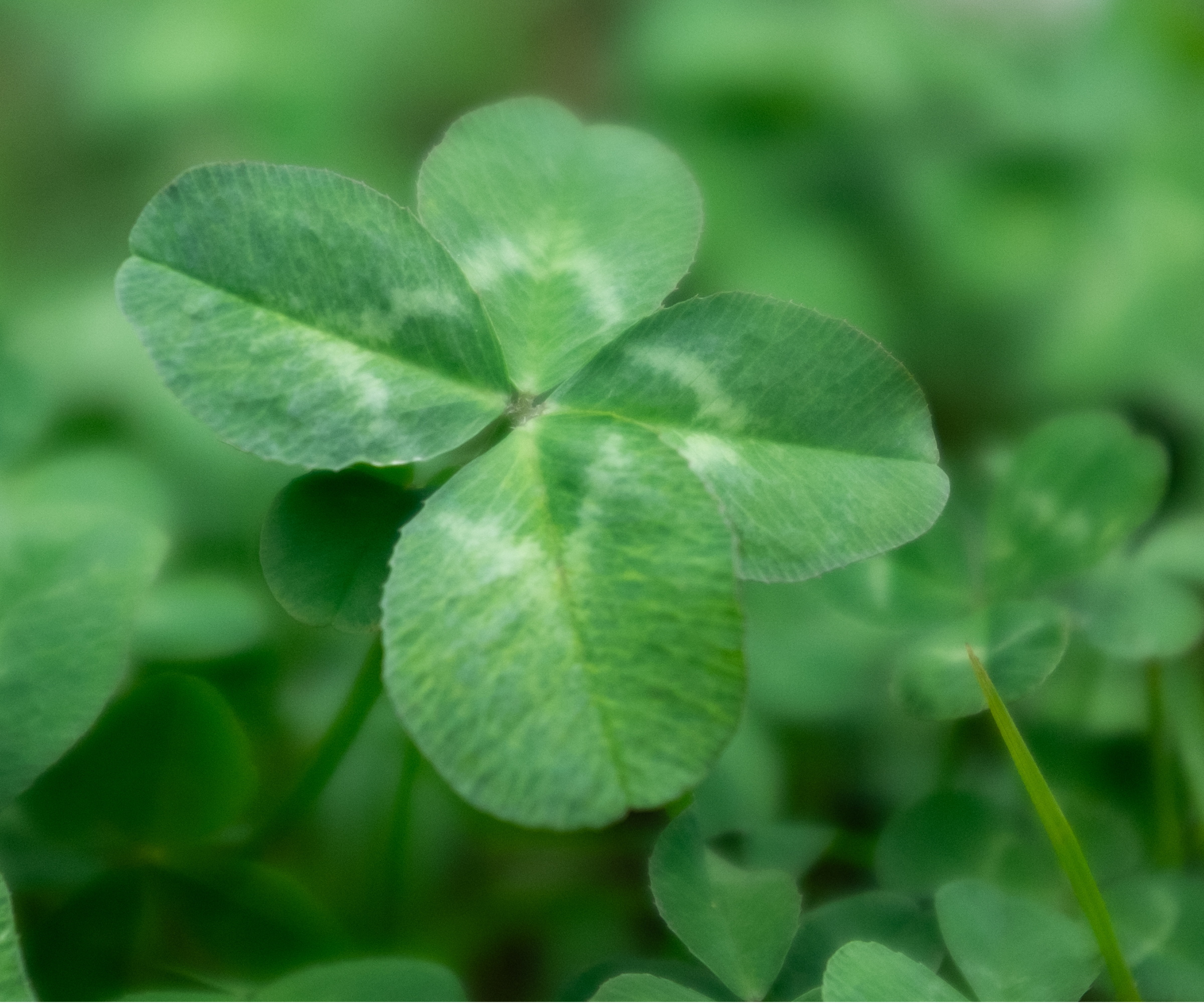
It's wrong to assume lawn weeds only appear in spring. You will likely have had to kill weeds but not grass during your fall lawn care routine. Don't stop as winter settles in, it's best to keep weeding up until frost.
'You might choose to apply a pre-emergent weed killer (like this one from Amazon) before winter to prevent weeds from taking root,' suggests Jason McCausland, lawn and weed expert from Weed Man.
There are lots of methods for getting rid of weeds, including by hand or using this weeding tool from Amazon.

Jason is a Technical Coordinator at Weed Man. For more than 25 years, he has been an integral member of the Weed Man family and the green industry.
3. Reduce but don't stop mowing
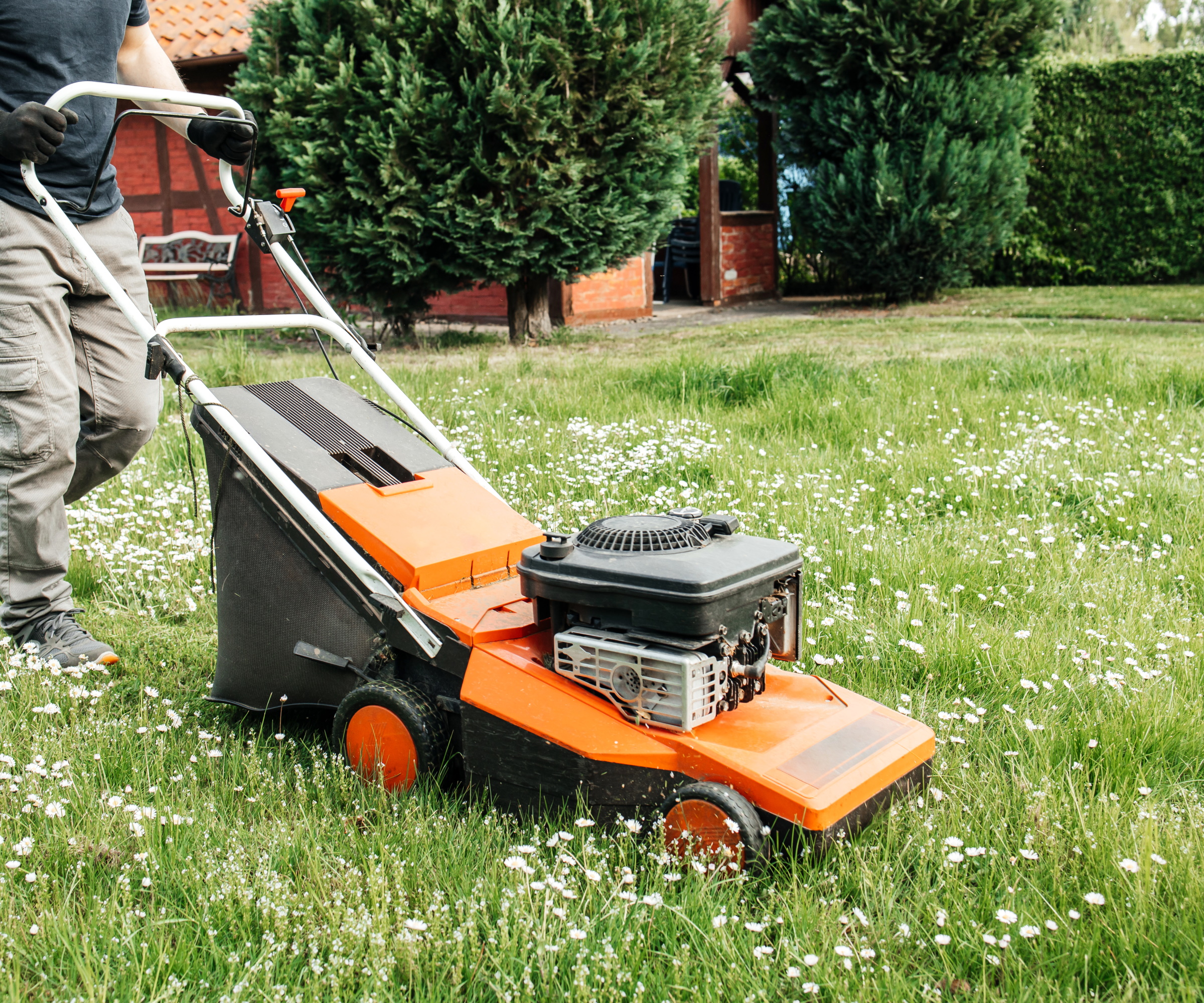
You'll notice your grass growing at a slower rate from fall, where it is entering a dormant phase. This means you won't need to mow your lawn as frequently, but you shouldn't stop entirely.
'Assuming there's no snow on the lawn, it might be time for a final mow before winter. At this point in the season your lawn is dormant, so we're not mowing to cut the grass, we're vacuuming up the last few leaves off the grass,' explains Craig Elworthy, founder of Lawnbright.
Before you stop mowing your lawn for winter, it's also important to cut your grass to the right height to protect it from diseases.
'For most cool-season grasses, the ideal height is about two inches. Avoid cutting the grass too short, as this can lead to scalp damage and expose the lawn to freezing temperatures,' says John Steiner. 'On the other hand, leaving the grass too long can create hiding spots for pests.
'The most important thing is ensuring the lawn is mowed at the right height before the winter freeze sets in,' he adds.

Craig is the Founder at Lawnbright, a lawn care subscription service featuring all natural products that are safe for kids and pets. Craig advises on lawn care, natural lawns and other similar topics.
4. Aerate the lawn
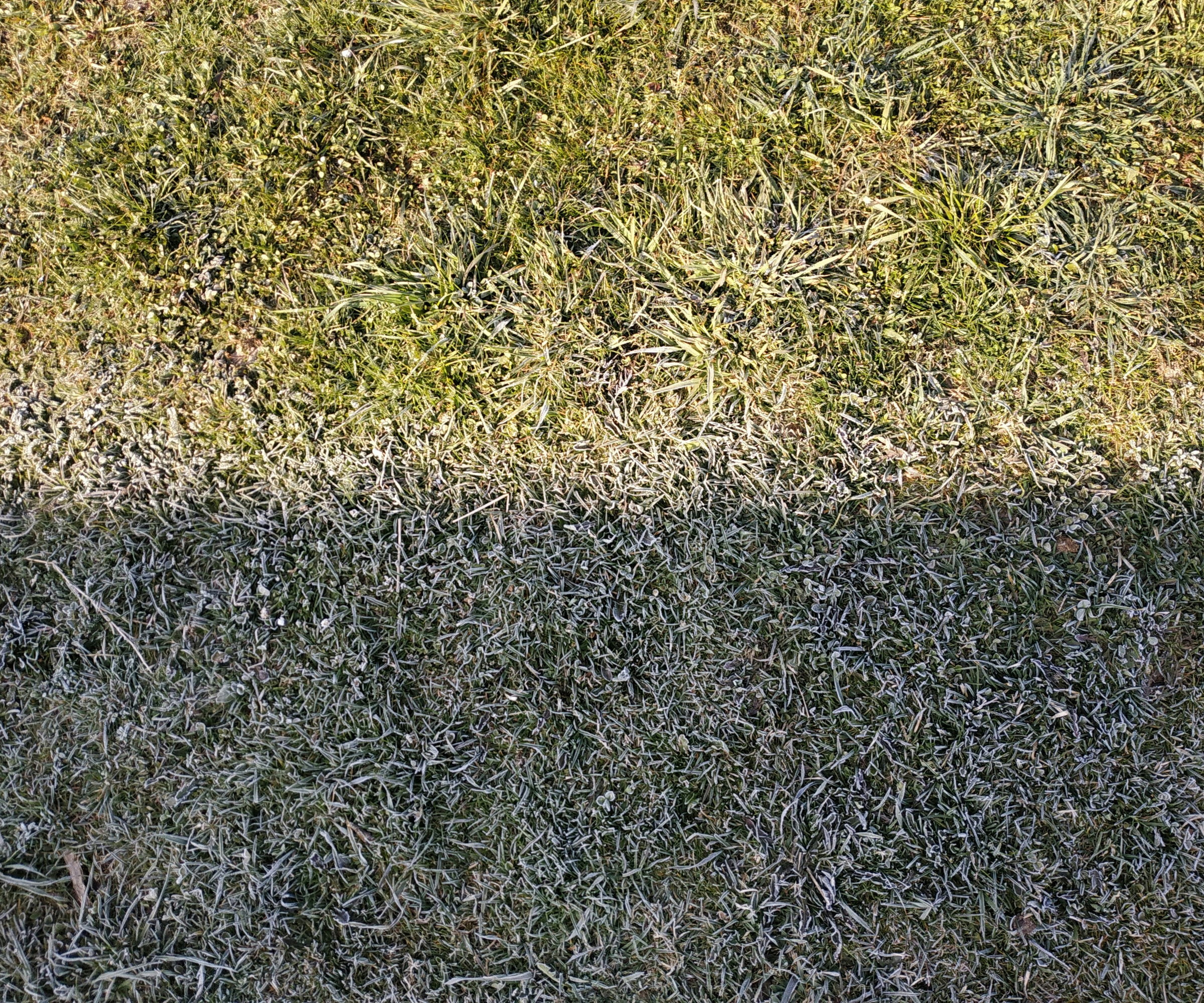
'Soil compaction can become a problem during the winter, especially if your lawn experiences a lot of foot traffic or heavy rainfall,' notes John. 'Aerating your lawn ahead of the first freeze can alleviate compaction and improve water and nutrient absorption,' he says.
Aeration is key to maintaining soil health beneath your lawn. It will allow your grass to grow back thick, green, and luscious when spring comes around.
'Aeration creates small holes in the soil, allowing air, water, and fertilizer to reach the roots more effectively,' John explains.
You can aerate your lawn either by using this aerator tool from Amazon or just a garden rake. Spike your lawn multiple times, paying attention to the areas with the most footfall in particular to increase the amount of oxygen reaching the soil and encourage growth.
The most highly rated lawn aerator on Amazon can scarify and dethatch as well, particularly ideal if you have a large lawn.
5. Feed the lawn

Feeding your lawn is a year-round job and helps to keep your grass looking its best. In fall and winter, look for a lawn feed with higher plant fertilizer numbers in phosphorus and potassium - your lawn requires less nitrogen during the colder months when it's dormant.
You can also use a winter lawn fertilizer with magnesium oxide and calcium oxide. These ingredients help promote early growth in spring and provide the soil with a boost of nutrients to be stored over winter months.
Scotts Turf Builder WinterGuard Fall Lawn Food on Amazon is a good choice.
Always follow manufacturer instructions of the fertilizer products you use. Take care not to make fertilizing mistakes during this time, too, such as overfeeding which could cause premature growth vulnerable to frost damage.
6. Don't stress the lawn
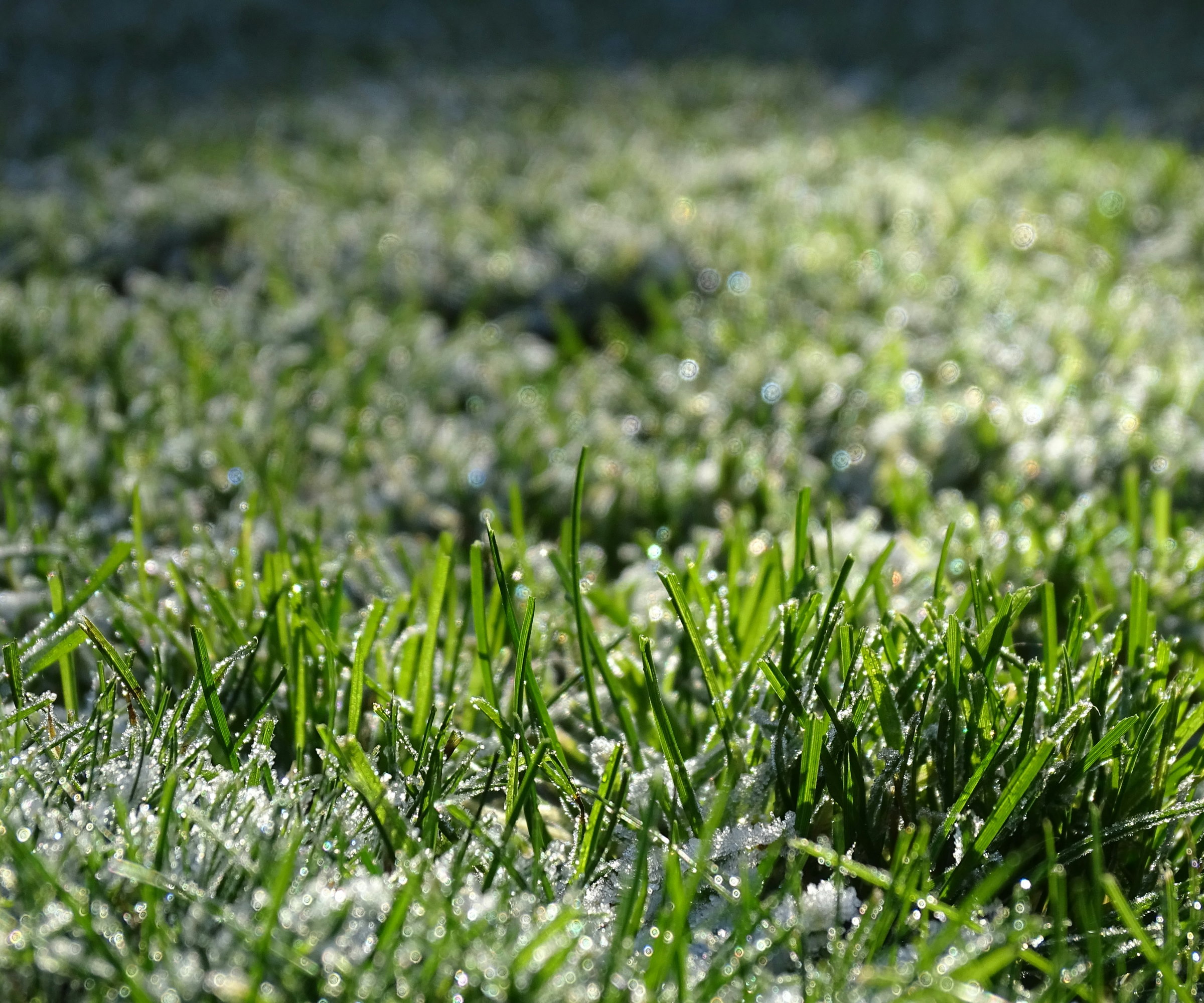
With the challenging conditions of winter already present, it's best to reduce added stress by not walking on frozen grass.
'Restrict foot traffic, especially during frost or when the grass is short and dormant. Footpaths can compact soil and weaken grass,' says Jason McCausland. 'De-ice garden paths to deter shortcuts across your lawn,' he adds.
Once winter is in full swing, it's also wise to stop any lawn treatments. This includes not repairing of patches in lawns until spring.
7. Reduce watering
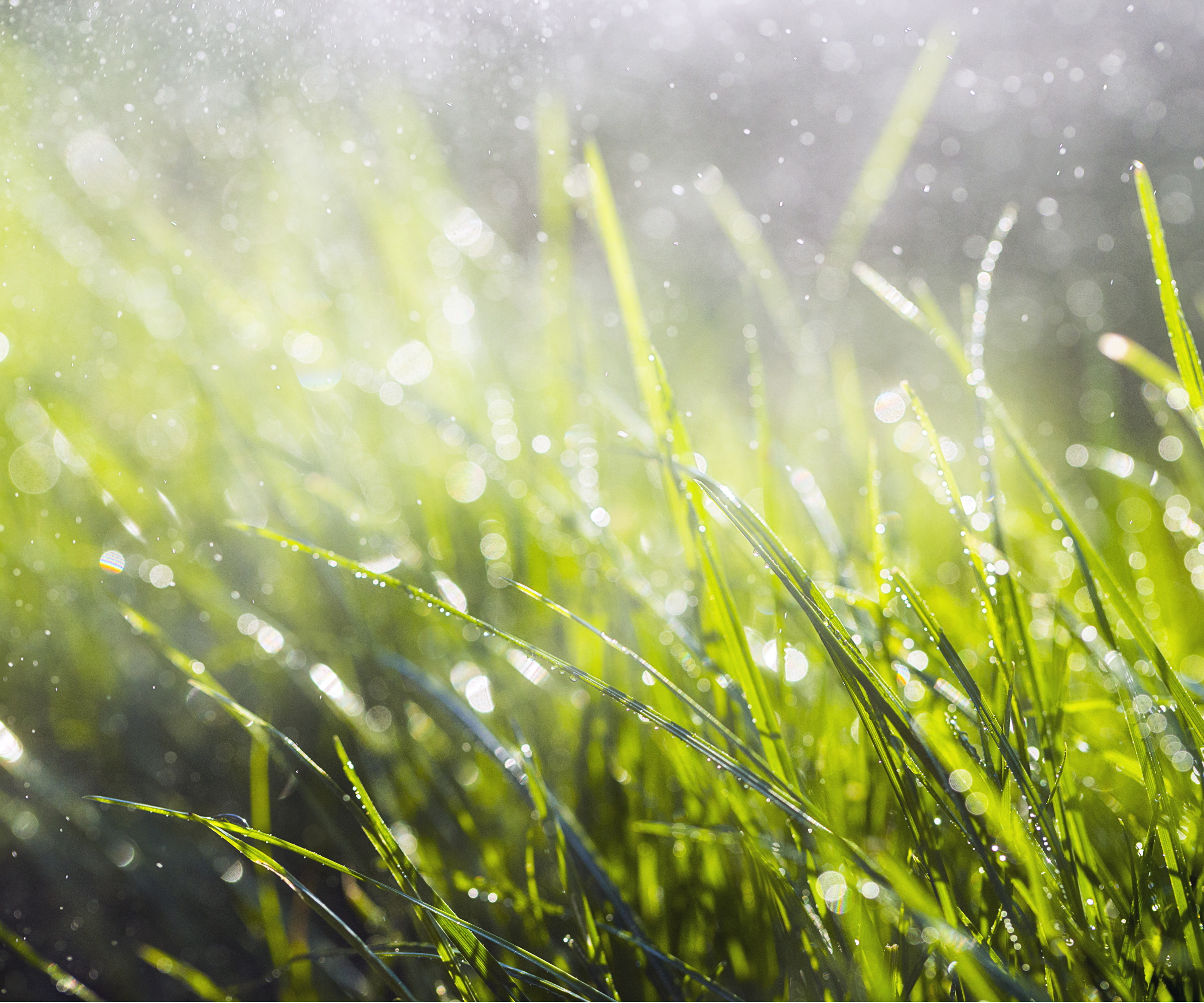
Avoid lawn watering mistakes by not oversaturating your lawn's soil during its dormant season.
'For warm-season grasses, water every two or three weeks during dry periods to prevent root desiccation and soil compaction,' says Jason. 'Avoid overwatering to prevent fungal diseases and root rot,' he advises.
If you're having a mild winter, you may find it hard to judge how often to water your lawn - trying using this soil moisture meter from Amazon to observe moisture levels and water accordingly.
Make sure to stop watering a lawn ahead of any frost and blow out sprinklers to avoid frost damage.
8. Don't rake snow

If you're wondering what to do with snow on grass, lawn care experts advise leaving it alone.
'While snow can insulate and protect your lawn from extreme cold, piling up snow too high in certain areas can stress the grass beneath it,' says John.
Just like leaving heavy items on your lawn during winter, this can cause soil compaction and bring a range of health issues.
'Avoid raking snow off your lawn unless it’s excessive or you notice it prevents sunlight from reaching the grass for extended periods,' John advises.
Snow can damage lawn in this way, so it's best to remove it in certain situations, so long as you don't create large, heavy piles on your lawn.
FAQs
Should you cover your lawn for winter?
It's generally not recommended to cover your lawn in winter. As the days are already shorter during this time of year, it's vital to help your grass get as much sunlight as possible. Covering it can prevent this and hinder its health. For this reason, you should also keep your lawn clear of any debris.
These are all essential steps to take when winterizing a lawn, helping it stay healthy during the harshest season and bounce back in spring. Failing to do any one of these tasks can turn your lawn yellow in winter or bring diseases, such as snow mold.

Lucy Searle has written about interiors, property and gardens since 1990, working her way around the interiors departments of women's magazines before switching to interiors-only titles in the mid-nineties. She was Associate Editor on Ideal Home, and Launch Editor of 4Homes magazine, before moving into digital in 2007, launching Channel 4's flagship website, Channel4.com/4homes. In 2018, Lucy took on the role of Global Editor in Chief for Realhomes.com, taking the site from a small magazine add-on to a global success. She was asked to repeat that success at Homes & Gardens, where she has also taken on the editorship of the magazine.
- Tenielle JordisonGardens Content Editor